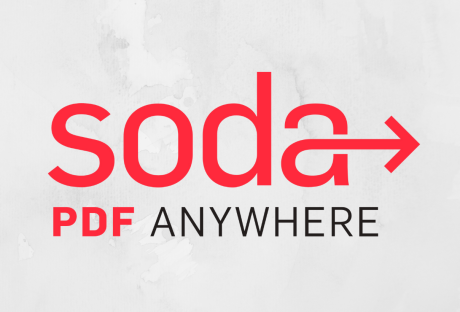Special effects don’t necessarily have to express over the top scenarios, like explosions or fantasy lands. In fact, special effects are just some visual tricks to simulate imagined scenarios that would be impossible to recreate in real life. These visual effects are powerful storytelling tools that will help your audience imagine themselves as part of your story. While these effects are commonly used in movies and commercials, they can be used in any type of video, from a creative tutorial to a plain vlog. Here are some of the major advantaged of using special effects in your videos:
They are versatile :
As we already said, special effects can be so much more than just explosions and fantasy worlds. They are simply a tool through which you can express your most creative thoughts and stories. You can use them to simply stylize a basic video to increase its graphics quality, you can use them in live-action videos to cut down on some production costs, or you can create animations from scratch in order to tell a story in a unique way. However, the trick is to create professional-looking visual effects in order to properly transmit your message. If you don’t know much about special effects, we advise you to work with a team of professionals such as Augustus Films, the best VFX Company in Los Angeles. They have experience with a wide range of video projects, from commercials for local companies to independent movie productions.
They are entertaining :
For marketers, the internet is a constant battle for attention. Every piece of content that gets posted online must battle dozens if not thousands of other pieces of content within the same area of interest. Using visual effects is a great way to make your videos stand out from the crowd and gain the undivided attention of your audience. Even a seemingly unattractive subject can become entertaining with the right use of visual effects or animations. Moreover, animations are particularly useful at putting audiences at ease, due to the fact that they are associated with the childhood period.
They are memorable :
Did you know that our brain is capable of processing images 60,000 times faster than it can process text? Moreover, according to recent studies, the brain is three times more likely to remember visual and verbal information, than it is to remember just verbal information. As such, presenting your story in a unique visual manner is a great way to make sure that you will have an impact on your audience and that your message will be easily remembered. However, to achieve this, try not to use special effects just for the sake of saving money. People have seen dozens of explosions in movies, but you will certainly be memorable if you show them a unique, artistic explosion that will leave them speechless.
They give you more creative freedom :
While you can tell a good story with just words or with a good picture, special effects offer you the more creative freedom to play with the details that make the difference and tell a story that will really captivate your audience. Don’t waste your time tricking your audience into imagining a fantasy scenario, but let them see it with their own ideas. Transport them into your world and make them feel like they are a part of your world.
They create visual fluidity :
When the story that you tell doesn’t match the images in your video, you are causing a visual discrepancy, which your audience will certainly not appreciate. You can’t make a fantasy movie in an urban background and you can’t have actors pretending to fight in slow motion. Moreover, it will be next to impossible to materialize your ideas and turn them into a believable video, without any digital tricks. Speaking of believability, the quality of the video effects that you use will have a strong impact on how believable your story or your message will be, so make sure to only work with professionals.
Read Also :























